-
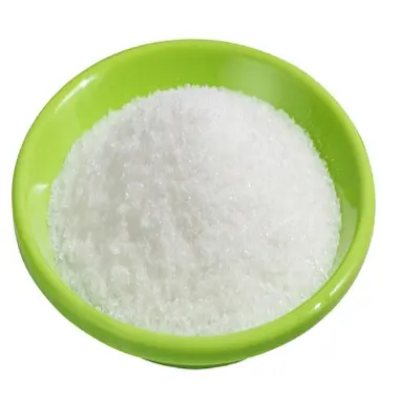
(S)-methyl 5-oxopyrrolidine-3-carboxylate CAS: 428518-31-4
(S)-Methyl 5-oxopyrrolidine-3-carboxylate is a chemical compound utilized in pharmaceutical and chemical synthesis. Its molecular structure consists of a pyrrolidine ring with a carboxylate moiety, exhibiting unique chemical properties essential for various applications. This compound serves as a valuable intermediate for the synthesis of biologically active molecules and functional materials, contributing significantly to drug discovery and organic chemistry research.
-
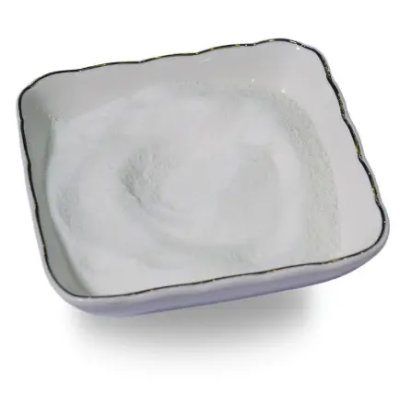
(1S,2S)-2-(3-bromophenyl)cyclopropanecarboxylic acid CAS:2165565-11-5
(1S,2S)-2-(3-bromophenyl)cyclopropanecarboxylic acid is a chiral compound with notable applications in pharmaceutical synthesis and chemical research. Its molecular structure comprises a cyclopropanecarboxylic acid moiety with a bromophenyl substituent, exhibiting distinct stereochemical properties crucial for various applications. This compound serves as a valuable chiral building block for the synthesis of enantiomerically pure molecules and pharmaceutical intermediates, facilitating the development of therapeutically relevant compounds and molecular probes.
-

1-(4-Chloro-phenyl)-5-oxo-pyrrolidine-3-carboxylic acid CAS:39629-87-3
1-(4-Chloro-phenyl)-5-oxo-pyrrolidine-3-carboxylic acid is a chemical compound widely utilized in pharmaceutical and chemical synthesis. Its molecular structure consists of a pyrrolidine ring with a 4-chlorophenyl substituent and a carboxylic acid moiety, imparting unique chemical properties crucial for various applications. This compound serves as a valuable intermediate for the synthesis of biologically active molecules and functional materials, playing a significant role in drug discovery and organic chemistry research.
-
![(1R,2S)-[2-(4-Bromo-phenyl)-cyclopropyl]-carbamic acid tert-butyl ester CAS:907196-12-7](https://cdn.globalso.com/xindaobiotech/6FOL1BS0UMD0X9Z402210.png)
(1R,2S)-[2-(4-Bromo-phenyl)-cyclopropyl]-carbamic acid tert-butyl ester CAS:907196-12-7
(1R,2S)-[2-(4-Bromo-phenyl)-cyclopropyl]-carbamic acid tert-butyl ester is a chiral compound with notable applications in pharmaceutical synthesis and chemical research. Its molecular structure comprises a cyclopropylcarbamic acid moiety with a 4-bromophenyl substituent, exhibiting distinct stereochemical properties crucial for various applications. This compound serves as a valuable chiral building block for the synthesis of enantiomerically pure molecules and pharmaceutical intermediates, facilitating the development of therapeutically relevant compounds and molecular probes.
-
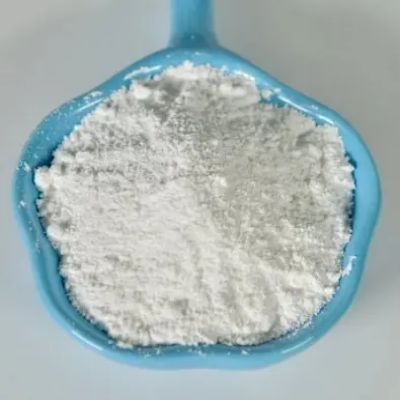
Sodiumcarbonate CAS:497-19-8
Sodium carbonate, commonly known as soda ash or washing soda, is a chemical compound with the formula Na2CO3. It is a white, odorless powder that is soluble in water and is widely used in various industrial and household applications.
-
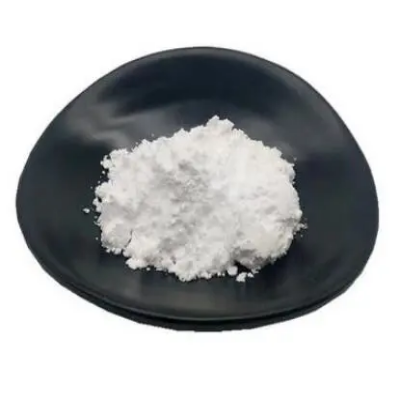
Sodiumthiosulfate CAS:7772-98-7
Sodium thiosulfate, with the chemical formula Na2S2O3, is a white crystalline compound soluble in water. It is produced through the reaction of sodium sulfite with sulfur. Sodium thiosulfate finds widespread use in industrial processes, photography, medical treatments, and water dechlorination due to its reducing properties, ability to neutralize chlorine, and role in complexometric titrations.
-

Sodiumacetate CAS:127-09-3
Sodium acetate, with the chemical formula CH3COONa, is a crystalline compound soluble in water. It is produced through the neutralization of acetic acid with sodium carbonate or sodium hydroxide. Sodium acetate finds widespread use in industrial processes, medical treatments, and culinary applications due to its buffering capacity, ability to regulate acidity, and role as a source of sodium ions.
-

Sodiumsulfite CAS:7757-83-7
Sodium sulfite, with the chemical formula Na2SO3, is a white crystalline compound soluble in water. It is produced through the neutralization of sulfur dioxide with sodium hydroxide. Sodium sulfite finds widespread use in industrial processes, chemical synthesis, and water treatment due to its reducing properties, antioxidant capabilities, and ability to remove dissolved oxygen from aqueous solutions.
-

Sodiummetabisulfite CAS:7681-57-4
Sodium metabisulfite, with the chemical formula Na2S2O5, is a white crystalline compound soluble in water. It is produced through the reaction of sodium bisulfite with sodium hydroxide. Sodium metabisulfite finds widespread use in industrial processes, food preservation, and water treatment due to its antioxidant properties, ability to remove chlorine, and function as a reducing agent.
-
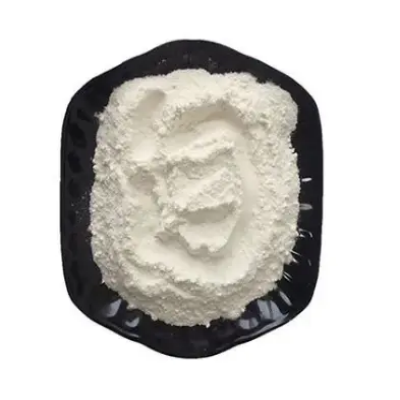
Poly(vinylalcohol) CAS:9002-89-5
Poly(vinyl alcohol) (PVA) is a synthetic polymer formed through the hydrolysis of poly(vinyl acetate). It is characterized by its water-solubility, biodegradability, and film-forming properties. PVA is widely used in various industrial and commercial applications due to its versatility and favorable properties, including its ability to act as a binder, emulsifier, and barrier agent.
-

POLY(ALLYLAMINE) CAS:30551-89-4
Poly(allylamine) is a polymer compound known for its versatility and wide range of applications in various industries.
-

Phenylaceticacidmethylester CAS:101-41-7
Phenylacetic Acid Methyl Ester, also known as methyl phenylacetate, is a chemical compound with the molecular formula C9H10O2. It is commonly utilized in organic synthesis, particularly in the fragrance and flavor industry. This compound serves as a versatile building block due to its aromatic nature and reactivity, enabling the synthesis of various aromatic compounds.

